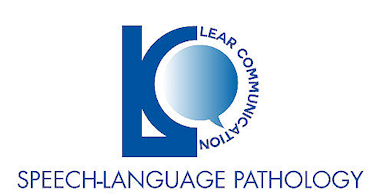Cluttering is a syndrome characterized by a speech delivery rate which is abnormally fast, irregular or both. In addition, the person’s speech is affected by 1) a failure to maintain normally expected sound, syllable, phrase, and pausing patterns and/or 2) greater than expected incidents of disfluency, the majority of which are unlike those typical of people who stutter (The ASHA Leader, November 18, 2003).
Cluttering is a fluency disorder that is often confused with stuttering. Although the two disorders frequently co-occur, cluttering is actually very different from stuttering:
| Cluttering | Stuttering |
| Disfluencies characterized by unfinished words, interjections and revisions | Disfluencies characterized by sound, syllable or word repetitions, sound prolongations and blocks |
| Low awareness of disfluencies | High awareness of disfluencies |
| Few secondary behaviours | Many secondary behaviours (e.g., eye blinking, nostril flaring) |
| Disorganized speech with some grammatical errors | Well organized speech, but fear and anxiety limit output |
| Reading and writing difficulties | Strength in language arts |
Cluttering is usually assessed by a Speech Language Pathologist in conjunction with other professionals such as classroom teachers or psychologists. Treatment can be very effective and usually includes slowing the rate of speech, increasing awareness, improving speech sound precision, improving organization of speech and reducing excessive disfluencies.
